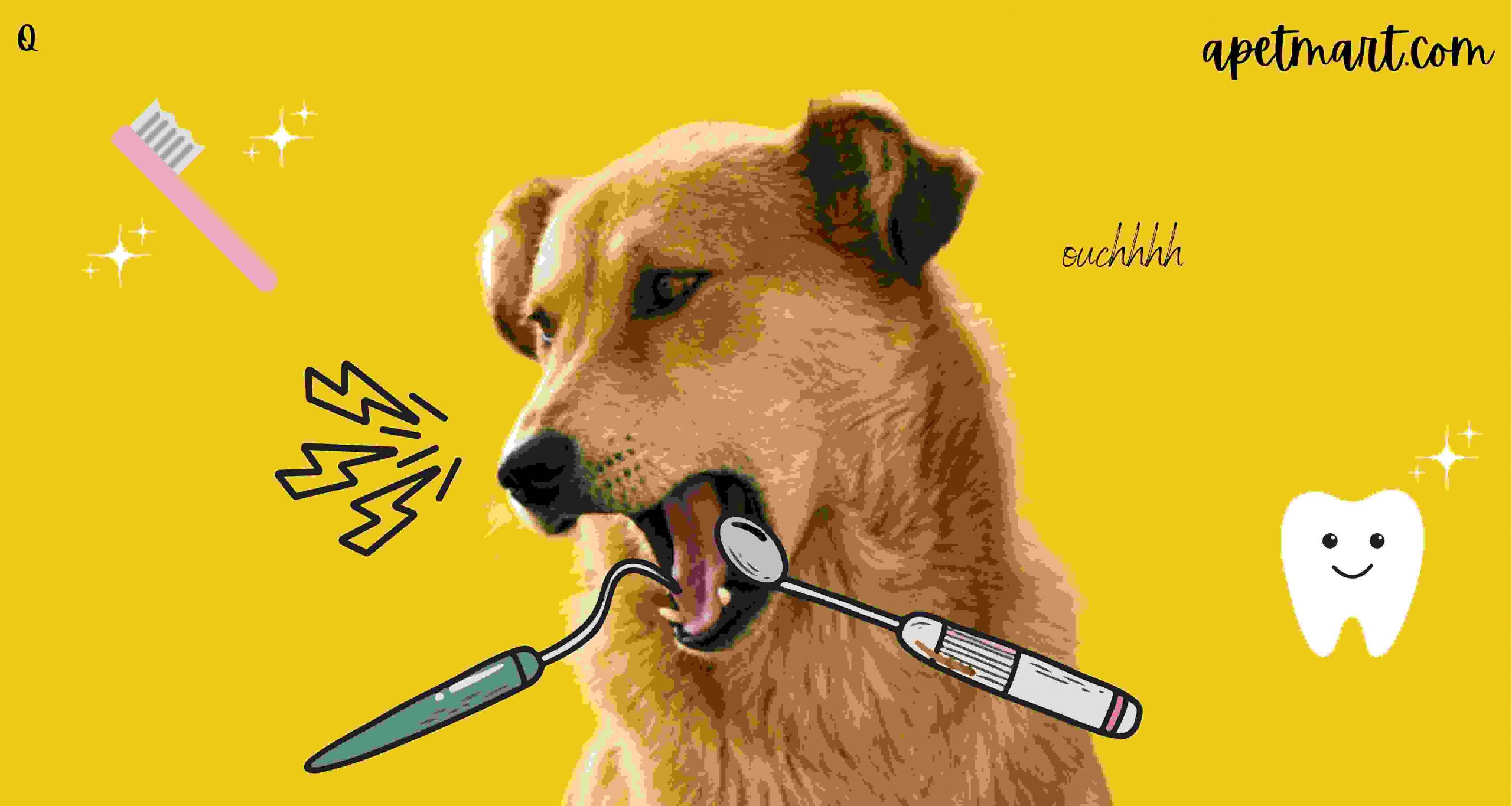
Dental care for dogs is important in keeping them in good health. Thus, it is crucial to keep your dog’s teeth sparkling and disease free. To achieve that, experts recommend a daily cleaning regime with a dog toothbrush and annual professional dental exams.
Looking into A Dog’s Mouth
Just like humans, dogs have bacteria in their mouths. Almost immediately after your dog eats, the combination of bacteria, food and saliva begin forming a sticky film called plaque over their teeth. If we don’t clean it properly, it can develop into a gum disease and cause harm to their health.
Signs of Canine Dental Concerns
- Plaque
- Red gums
- Bad breath
- Thick saliva
- Facial swelling
- Bleeding gums
- Dropping food while eating
- Blood in water or food bowls
- Favouring one side of the mouth
- Talking or making noises when a dog eats or yawns
- Rubbing the face with the paws or on the floor
How to Help Prevent Dental Disease
A dog’s teeth should be brushed twice to minimise bacteria. There are four steps in preventing painful gum disease in your dog.
- Taking your dog to a vet for regular oral exams and cleanings.
- Brush your dog’s teeth every day.
- Feeding your dog a balanced diet.
- Offering safe toys and treats for daily chewing.
Take Your Dog for Regular Oral Exams
During the first dental check up, your vet will do a physical examination of your dog’s mouth. This allows them to understand the condition of the teeth and jaw. Here is what they are looking for:
- How the teeth fit together and jaw alignment
- Fractured or broken teeth
- Plaque buildup on the teeth
- Gingivitis or periodontal disease
- Tartar buildup on the teeth and along the gum-line
- Abscesses or signs of tooth resorption
- Bumps or lesions that may indicate a tumour
- Any facial swelling
Depending on the results, your veterinarian will develop a plan for your dog. If your dog shows signs of a dental disease, a physical exam may not be enough to tell the extent of the situation. Thus, your canine may be put under general anaesthesia to allow them to perform a complete dental exam which includes x-rays.
Overall, it would be ideal to bring your canine to the dental regularly. Depending on your dog’s age, genetics, diet, and overall health, your vet may advise annual, or twice-yearly dental examinations.
Brush Your Dog’s Teeth Everyday
Brushing your dog’s teeth is important because it cleans away plaque and prevents serious dental problems. Here are a few steps you can follow to make the brushing a calm experience!
#1 Choose a calm time for brushing. Select a time when the environment is quiet and relaxing. Your dog will be able to stay calm and feel less anxious.
#2 Buy a dog toothbrush. Dog toothbrushes are longer and curved which makes it easier to reach their back teeth. Additionally, use toothpaste for dogs because human toothpaste is toxic to canines. You can purchase toothbrush sets from aPetMart!
#3 Touch their teeth or gums with your fingers. Lift up their top lip and hold it while you touch their teeth. Try touching both the top and bottom teeth before moving on.
#4 Introduce the toothpaste to the dog. After your dog is comfortable with you touching their teeth with your fingers, you can introduce toothpaste. Start by showing them the toothpaste and then let them lick it.
#5 Introduce the toothbrush with toothpaste. Once your dog is used to toothpaste, you can try introducing the toothbrush into their mouth. Gently rub against the outside of the teeth in small, slow circles. Make sure to massage the gums as well! The process should be calm and relaxing to avoid anxiety in both you and your canine.
#6 Reward! You can give them a treat after brushing their teeth to make it a positive experience.
Still unsure how to brush your canine’s teeth? Watch this video by the American Veterinary Medical Association to learn more!
Feeding Your Dog a Balanced Diet
Diet plays a part in combating dental disease. A well-balanced and healthy dog food can protect your canine’s whole health, giving it the ability to fight off diseases and aid in healing.
Offer Safe Toys and Treats for Daily Chewing
Chewing on tooth-friendly treats every day can help prevent gum disease in dogs. You can give them chews such as Whimzees Natural Dog Chews to make dental care fun and interactive! Browse on aPetMart for more dental care treats and chews for your canine.































